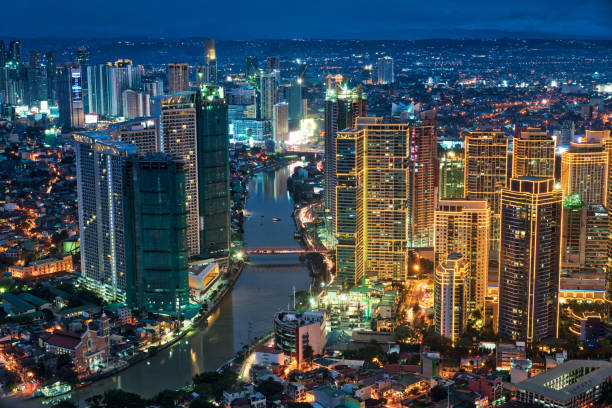The Pasig River Ferry Service (PRFS) has the potential to alleviate the perennial traffic problems in Metro Manila, according to Interior Secretary Benjamin “Benhur” Abalos Jr. On his inspection of the Guadalupe-Escolta Pasig River ferry route, Abalos encouraged commuters to take advantage of the free ferry service as an alternative mode of transportation. However, he emphasized that the full utilization of the ferry service is crucial for it to have a significant impact on easing traffic congestion.
The PRFS has seen a rise in ridership, with a recorded 240,000 commuters opting for this alternative transportation mode in 2023. Currently, the PRFS route runs from Pinagbuhatan in Pasig City to Escolta in Manila, significantly reducing travel time from the usual three hours by land transport to just one hour.
While acknowledging the progress, Abalos acknowledged that more work needs to be done, particularly in the implementation of the Pasig River Urban Development Project. In 2022, President Ferdinand Marcos Jr. signed Executive Order 35, establishing the Inter-Agency Council for the Pasig River Urban Development (IAC-PRUD). The IAC-PRUD’s primary objective is to rehabilitate the banks along the Pasig River water system, providing alternative transportation options, boosting economic opportunities, and enhancing tourism activities.
As part of this project, Abalos assured the public that efforts would be made to address the issue of illegal garbage and chemical disposal. The focus will be on implementing projects that maintain the cleanliness of the river, including the installation of “trash traps” at estuaries and canals, as well as the re-dredging of the Pasig River.
MMDA Chairman Don Artes also shared plans to enhance the Pasig-Manila route by increasing the availability of boats and adding more stations. This year, an additional three to four boats will be added to the existing fleet of 15, and three new stations are expected to open.
The potential of the Pasig River Ferry Service to alleviate traffic congestion is significant. By providing commuters with a convenient and efficient alternative mode of transportation, it has the capacity to reduce the number of vehicles on the road, ultimately easing traffic woes. However, its success relies on the full utilization of the service by the public.
The increase in ridership is a positive sign, indicating that more individuals are recognizing the benefits of the PRFS. With reduced travel time and the opportunity to avoid congested roads, commuters have the chance to experience a more efficient and enjoyable journey.
To fully realize the potential of the PRFS, the implementation of the Pasig River Urban Development Project is crucial. By rehabilitating the river banks and addressing issues such as illegal waste disposal, the project aims to create a cleaner and more sustainable environment for both commuters and residents along the river.
The commitment of the government, as demonstrated by the establishment of the IAC-PRUD, shows a dedication to improving the Pasig River and utilizing it as a valuable transportation resource. As the Department of the Interior and Local Government plays a vital role in this project, it is evident that various agencies are working together to ensure its success.
As the PRFS continues to evolve and expand, it has the potential to become a significant part of Metro Manila’s transportation system. By providing a reliable and efficient mode of transportation, it can contribute to reducing traffic congestion and improving the overall quality of life for residents.
In conclusion, the Pasig River Ferry Service holds great promise in easing traffic problems in Metro Manila. With the support of the government, continued improvements in infrastructure, and the public’s utilization of the service, the PRFS can become a vital solution to the city’s traffic congestion. By embracing alternative modes of transportation, we can work towards a more sustainable and efficient future for Metro Manila.







